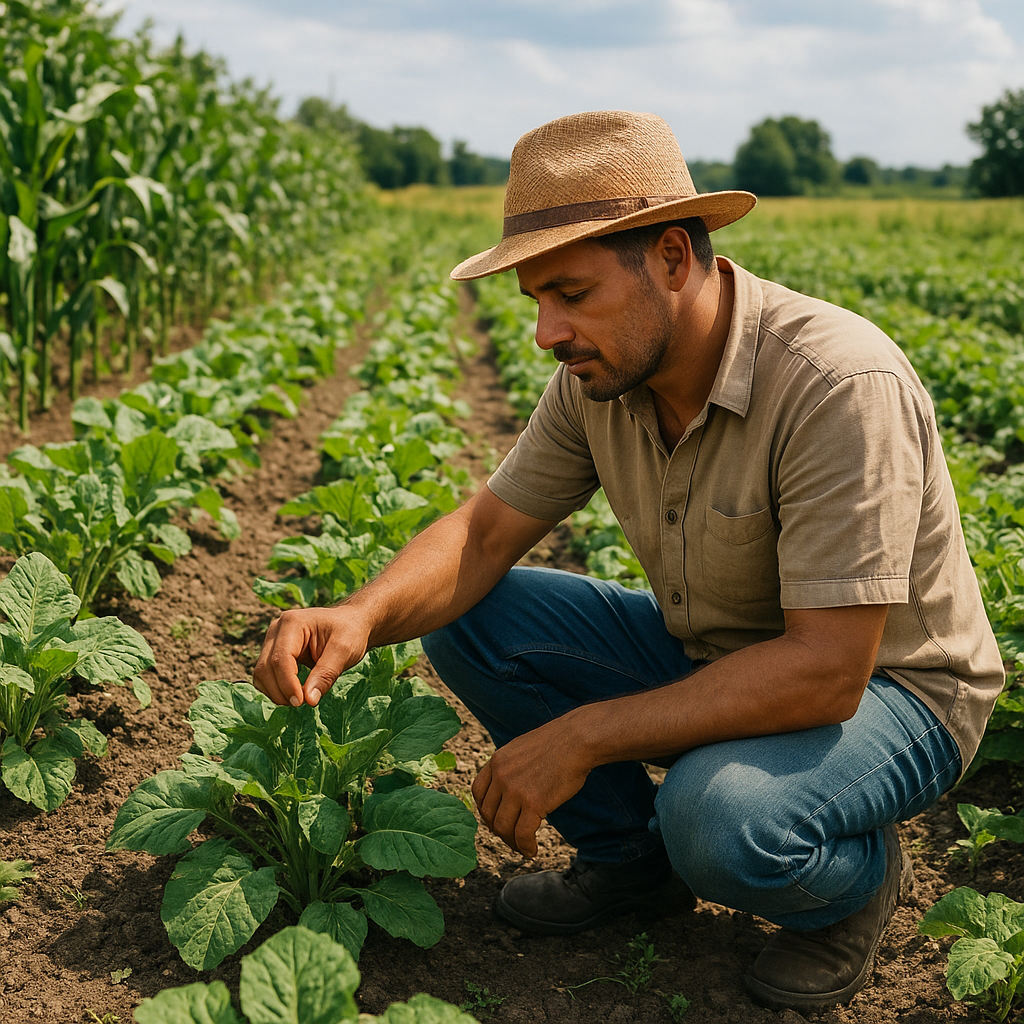
Embarking on a journey into modern agriculture demands a blend of time-honored wisdom and cutting-edge innovations. By focusing on soil health, diversified planting, smart water management, biological controls, and savvy marketing, farmers can build a resilient, profitable operation. Below are key chapters filled with actionable tips and best practices designed to elevate your farm’s productivity and environmental stewardship.
Essential Soil Management Practices
Understanding Soil Nutrition
Healthy soil is the foundation of any successful farm. Conducting regular soil tests helps you determine nutrient levels, pH balance, and organic matter content. Aim for a pH range between 6.0 and 7.0 to optimize nutrient availability. Incorporate compost and well-aged manure to boost organic content, improve structure, and foster a diverse microbial community. Rotating crops with legumes such as beans and peas enhances nitrogen fixation naturally, reducing the need for synthetic fertilizers.
Composting and Organic Matter
Composting transforms farm waste into a potent soil amendment. Combine green materials (grass clippings, kitchen scraps) with brown materials (straw, leaves) at a ratio of roughly 2:1. Turn the pile every two weeks to maintain oxygen flow and expedite decomposition. The resulting humus enhances moisture retention and promotes robust root growth. For large-scale operations, consider in-vessel or windrow composting systems to streamline the process and control temperature more effectively.
Effective Crop Diversification and Rotation
Benefits of Mixing Crops
Monocultures often lead to pest buildup and soil exhaustion. By interplanting vegetables, grains, and cover crops, you cultivate a stable ecosystem that impedes disease spread and improves overall biodiversity. Companion planting, such as pairing tomatoes with basil, can deter pests naturally and enhance crop flavors. Diversification also stabilizes income: when one market dips, other crops may still fetch competitive prices.
Cover Crops and Green Manure
Planting cover crops like clover, rye, and vetch during offseason periods protects the soil against erosion and nutrient leaching. These plants act as green manure when tilled under, releasing nitrogen and organic compounds that benefit subsequent cash crops. Additionally, deep-rooted cover crops break up compacted layers and improve water infiltration.
Integrated Pest and Disease Management
Preventive Measures
Preventing infestations starts with good sanitation: remove crop residues, sterilize tools, and quarantine new plants. Use crop rotation to interrupt pest life cycles, and establish pest-monitoring routines such as checking pheromone traps weekly. Physical barriers like row covers shield vulnerable seedlings from insects without relying on chemicals.
Biological Controls
Encourage beneficial insects—ladybugs, lacewings, predatory mites—by planting nectar-rich flowers like marigolds and alyssum. Introducing microbial agents, such as Bacillus thuringiensis (Bt) for caterpillar control, offers targeted pest suppression. For fungal issues, apply biocontrol agents like Trichoderma species, which outcompete pathogens and stimulate plant defenses.
Efficient Irrigation and Water Use
Drip Versus Sprinkler Systems
Drip irrigation delivers water directly to plant roots, reducing evaporation losses by up to 60%. This method works exceptionally well for row crops, orchards, and vegetable plots. Sprinkler systems are versatile for broader areas but risk higher water loss and leaf wetness that can foster disease. Choose filters and pressure regulators to maintain uniform flow rates and prevent clogs.
Rainwater Harvesting
Installing gutters and storage tanks on barns captures runoff for irrigation use, lessening reliance on groundwater. Incorporate first-flush diverters to remove debris and pollutants. Solar-powered pumps can distribute collected water without increasing energy costs.
Leveraging Technology and Mechanization
Precision Agriculture Tools
GPS-guided tractors and drones equipped with multispectral cameras allow you to monitor crop health in real time. Remote sensing identifies nutrient deficiencies, water stress, and pest hotspots early, enabling targeted interventions. Variable rate application (VRA) technology adjusts fertilizer and pesticide doses on the go, maximizing efficiency and minimizing environmental impact.
Farm Management Software
Digital platforms centralize tasks such as field mapping, inventory tracking, labor scheduling, and financial analysis. Cloud-based solutions facilitate data sharing among team members and advisors, ensuring everyone stays informed. Automated alerts help you respond swiftly to field conditions and market fluctuations.
Marketing Strategies and Economic Planning
Value-Added Products
Turning raw produce into jams, pickles, cheeses, or dried herbs can significantly increase profit margins. Local regulations often require permits for processing and labeling; ensure you comply with food safety standards. Hosting farm-to-table dinners or agritourism activities can also boost revenue and strengthen community ties.
Accessing Local and Global Markets
Farmers’ markets, community-supported agriculture (CSA) programs, and online sales platforms offer direct channels to consumers who appreciate organic and sustainably grown goods. For larger producers, establishing relationships with regional distributors and wholesalers opens doors to restaurants, grocery chains, and export opportunities. Create a strong brand identity emphasizing your commitment to sustainability and quality, and leverage social media to tell your farm’s story.
- Monitor soil and plant health regularly
- Implement crop rotation and intercropping
- Adopt water-saving irrigation techniques
- Utilize biocontrols and preventive sanitation
- Embrace technology for data-driven decisions
- Develop value-added products and direct markets

